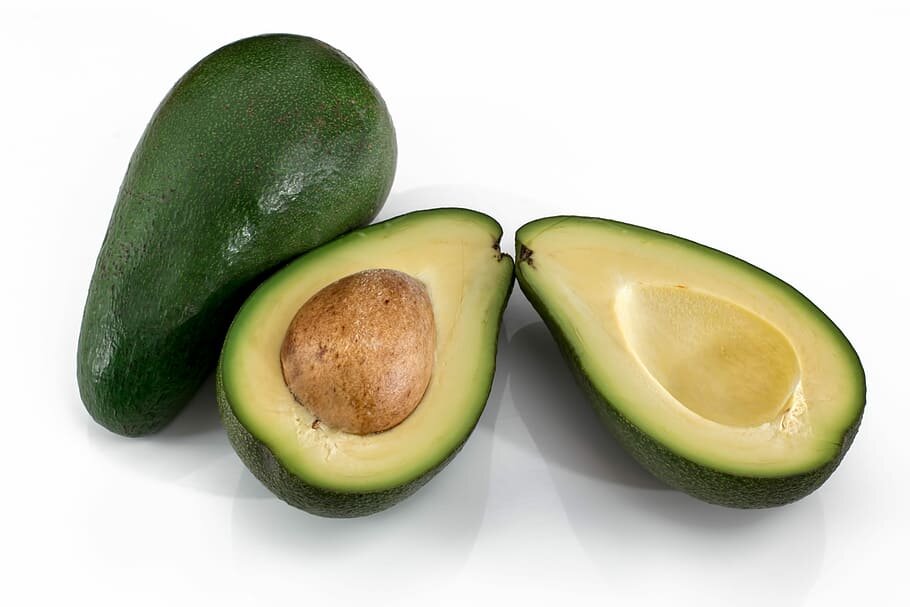Cholesterol 101
A quick guide to understanding what cholesterol is, how your body produces it, and what you can do to manage it.
High blood cholesterol is a major modifiable risk factor for developing heart disease along with high blood pressure, smoking, obesity and physical inactivity. Other modifiable risk factors include alcohol consumption, diet and nutrition and stress. Factors that aren’t modifiable include increasing age (65+), male gender and heredity, including race. Source: www.heart.org
To understand how cholesterol impacts your risk for developing heart disease, it’s important to know what exactly cholesterol is.
Cholesterol is a soft waxy substance that is both made by the body and present in foods of animal origin. While high blood cholesterol is undesirable, our bodies do need some cholesterol to function normally as cholesterol is part of cell membranes and is important for production of hormones, fat-soluble vitamins and bile acids.
Two things affect blood cholesterol levels; the cholesterol our bodies produce that is synthesized by the liver and the kinds of fat in your diet.
Total cholesterol can be broken down into HDL and LDL, this makes up your lipid profile.
HDL is considered “good” cholesterol (H = Happy), Desirable HDL levels for men are 40 or higher and 50 or higher for women. A HDL above 60 is considered “heart-protective.”
LDL is referred to as “bad” cholesterol, this is the cholesterol that ends up as plaque in your arteries. The goal for LDL is 70, less than 100 being optimal. Anything higher can indicate increased risk for heart disease.
Lifestyle changes like diet, exercise, decreasing your trans-fat intake and increasing your monounsaturated fat intake (healthy fats like peanut butter, olive oil, canola oil, avocados, nuts and seeds) are things you can do to help lower your LDL cholesterol. Our bodies naturally produce all the LDL cholesterol we need so eating foods high in saturated at trans fats causes our bodies to make even more, increasing LDL blood levels.
Dietary cholesterol is found in animal products like meat, dairy, seafood, butter, eggs and other animal products. Dietary cholesterol may not raise blood cholesterol as much as saturated and trans fats.
Saturated fat is usually solid at room temperature and is found primarily in animal meat and dairy products, coconut and palm oil, deep fried foods, pastries, pies, biscuits, and high-fat snack foods. This is because dietary cholesterol is found in many of the same foods that have saturated fat.
Therefore, limiting foods with saturated fat could mean consuming less dietary cholesterol as well. The American Heart Associates recommends that individuals who need to lower their cholesterol includes no more than 5-6% (11-13 grams for someone on a 2,000 calories a day diet) of saturated fat.
One way to do this would be to cook or bake with healthy oils mentioned above instead of butter or margarine, have a slice of avocado on a sandwich instead of mayonnaise or butter, remove the skin from chicken and turkey, choose lean cuts of meat and replace high-fat processed snacks with a one ounce serving of mixed nuts.
While all fats are equal in terms of calories, all fats are not created equal when it comes to the health benefits they possess.
For more on cholesterol, follow this link:
https://www.heart.org/en/health-topics/cholesterol/prevention-and-treatment-of-high-cholesterol-hyperlipidemia/the-skinny-on-fats
www.heart.org - American Heart Association, great resource for those looking for more information regarding heart disease and information relevant to this article

